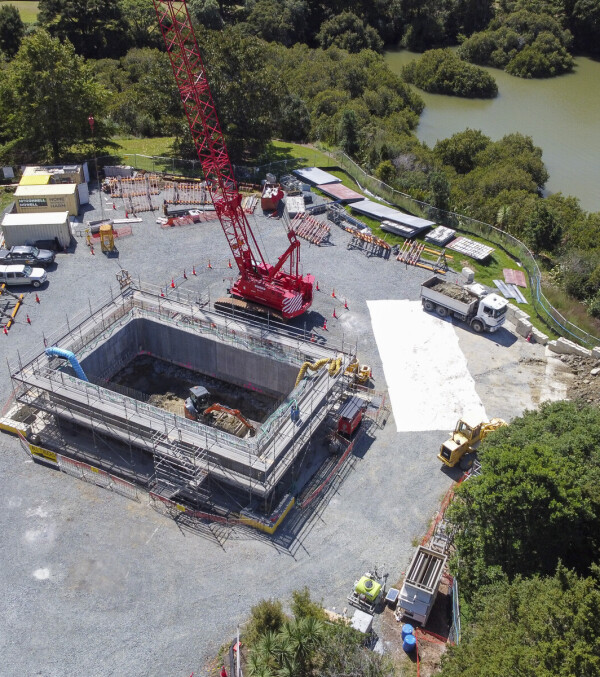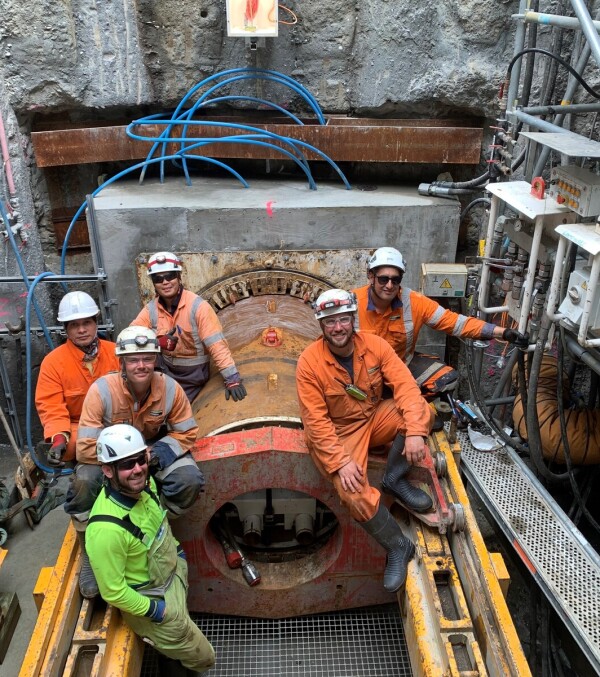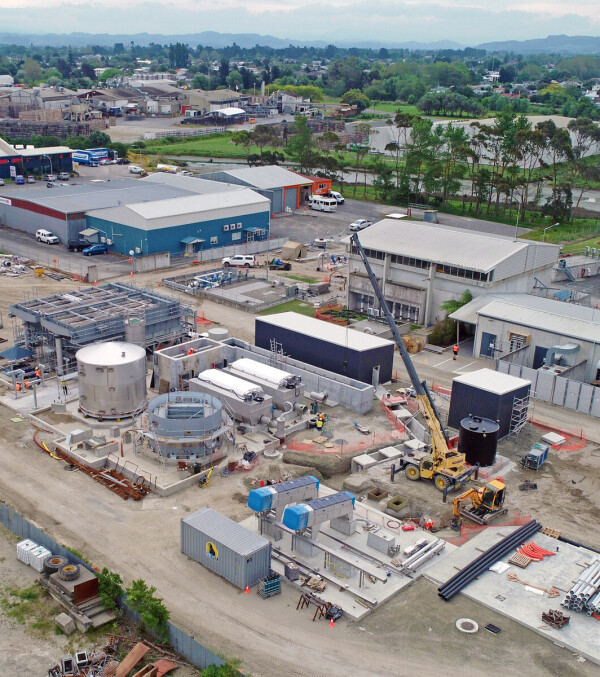|
Customer:Queenstown Lakes District Council Contract: Construct only Location:Queenstown, South Island, New Zealand |
Fast Facts
|
Protecting the environment and minimising disruption to existing operations were key to us securing this stage of the Shotover Wastewater Treatment Plant Upgrade in picturesque Queenstown.
Our project is the third (and final stage) of Queenstown Lakes District Council’s 20-year-long programme to transition the plant from the traditional Biological and Aerated Pond Treatment processes to the more effective and efficient ‘Activated Sludge Treatment’ method.
The new clarifier, reactor tank and other improvements that we're delivering will future-proof the plant and double its current capacity.
Efficient Programming
We've streamlined our programme by working across multiple areas simultaneously, all while managing operational interfaces. For example, the staging of the earthworks means we can decommission pond 1 and excavate for the ground improvements with one activity.
Our planning has enabled the work to be programmed with only a single full plant shutdown. Close coordination with the plant team on timing, scope, and process will ensure the work is completed with minimal disruption.
Sustainable Construction
The method developed is designed so we can reuse and recycle spoil and vegetation and look to recruit, buy materials, and contract services locally.
The team will reuse 10,000 m3 of spoil generated during the site clearance. About 3500 m3 will be shaped into a protection bund so the team can safely drain and clean out the old oxidation ponds. The balance of spoil will be used to build the new stormwater attenuation area and the overflow pond.
The sludge from the old ponds will also be treated using geobags. The bags allow the water to evaporate, kill bacteria, and manage the odour while this occurs. The dried sludge will then be blended with material from the site and topsoil to form the new barriers of the calamity pond.
Stabilisation can be a more sustainable and cost-effective option than engineering and building big concrete foundations. We will reuse existing material wherever possible, and aggregate and cement will be mixed to achieve the required compaction rates, forming a mixed mass raft foundation.
One of the first sustainability initiatives the team completed was building a wood shed and donating firewood from early vegetation clearance works to local charity Happiness House. Check out the videos below to see for yourself.
Find out more about the project's progress in this April 2025 update...
Or watch a video of the team supporting the local community, people and place below...





